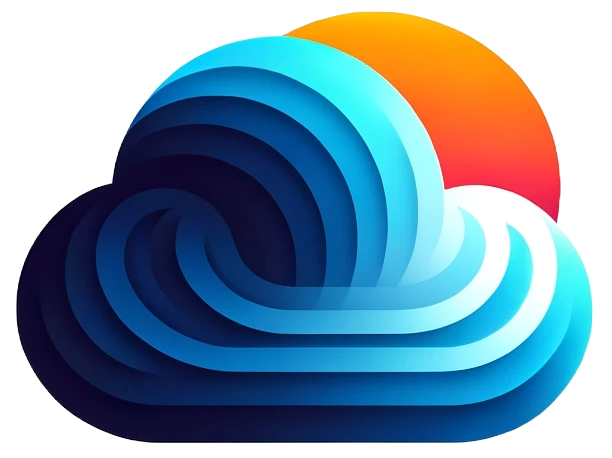How do I analyse my needs ?
Imagine gathering all the people involved in your CRM project around the same table. Dantesque, isn't it? Well, not really!
The Systemic Canvas is a simple spreadsheet you can download. It will make it much easier for you to systematically explore all your organization's needs. It's based on 6 simple dimensions. With this analysis in hand, you'll have everything you need to choose a CRM that's perfectly suited to your needs, and to bring your project to a successful conclusion.
Here are the 6 topics you'll be addressing:
People involved in the project
Easy: first name, last name, email address, job title, etc. Very practical as a reminder not to forget anyone. From the outset of your project, you explicitly identify the stakeholders. Talk to them. The more you do this, the less you'll have to make up for it later, with initiatives as dubious as change management or user adoption measures.
The roles involved
Who are the forces at work? In what capacity will the people listed above express themselves? Accounting, logistics, sales, drivers, maintenance, marketing trainees and so on. But also all external roles, starting with prospects and customers. Then there are suppliers, competitors, partners and so on. List them, specify them. This will enable you to clarify, when a need emerges, from which point of view it is expressed.
The issues driving the project
You're embarking on a CRM project for a reason. Let's say you have to report in 3, 6 or 12 months. What questions are you going to be asked? What topics will be raised to put you on the spot? These burning questions lead to your issues. It's around them that your future roadmap will be built. Clarity about what's at stake will enable you to be accountable to stakeholders and project sponsors.
Day-to-day needs
This is the crux of the matter. Imagine a long list of hundreds of needs, ideas and suggestions, emerging wildly from discussions and workshops. A veritable chaos, to be sure, but a particularly fertile one, provided it's properly understood. This is where a true systemic vision takes hold, not of needs as such, but of the mechanics (the "meta" vision) you'll be putting in place to structure, prioritize, link and classify them. Nothing you do with your CRM will find its source elsewhere than in this list of functional requirements. It's worth noting that, in agile methodologies, this list of requirements is called a backlog, and that it's a permanent work in progress. In this way, you're setting up the base camp for an exciting process of continuous improvement.
Organization semantics
Another word for your data model. It's quite simple. It's simply a structured inventory of the vocabulary used in business discussions around the coffee machine. A lexicon, in short. Sounds obvious. And yet... Have you ever taken the time to compile your own? Now is the time.
The current and future digital environment
Can a CRM run itself? You can guess the answer. It seems only natural to ask what other applications this CRM will interact with. How can you avoid this question? That's what this 6th and final dimension is all about. By taking stock of the tools you've used, are using and plan to use, the positioning of your CRM takes on its full meaning.
______
This mapping work you're starting now is an ongoing process. The world is changing, and so are you. Analyzing needs is an ongoing process, as is working to meet them. Both echo each other: hearing needs, deploying solutions, spoon-feeding, agilely, iteratively. That's where you're headed. That's what a CRM project is all about!
